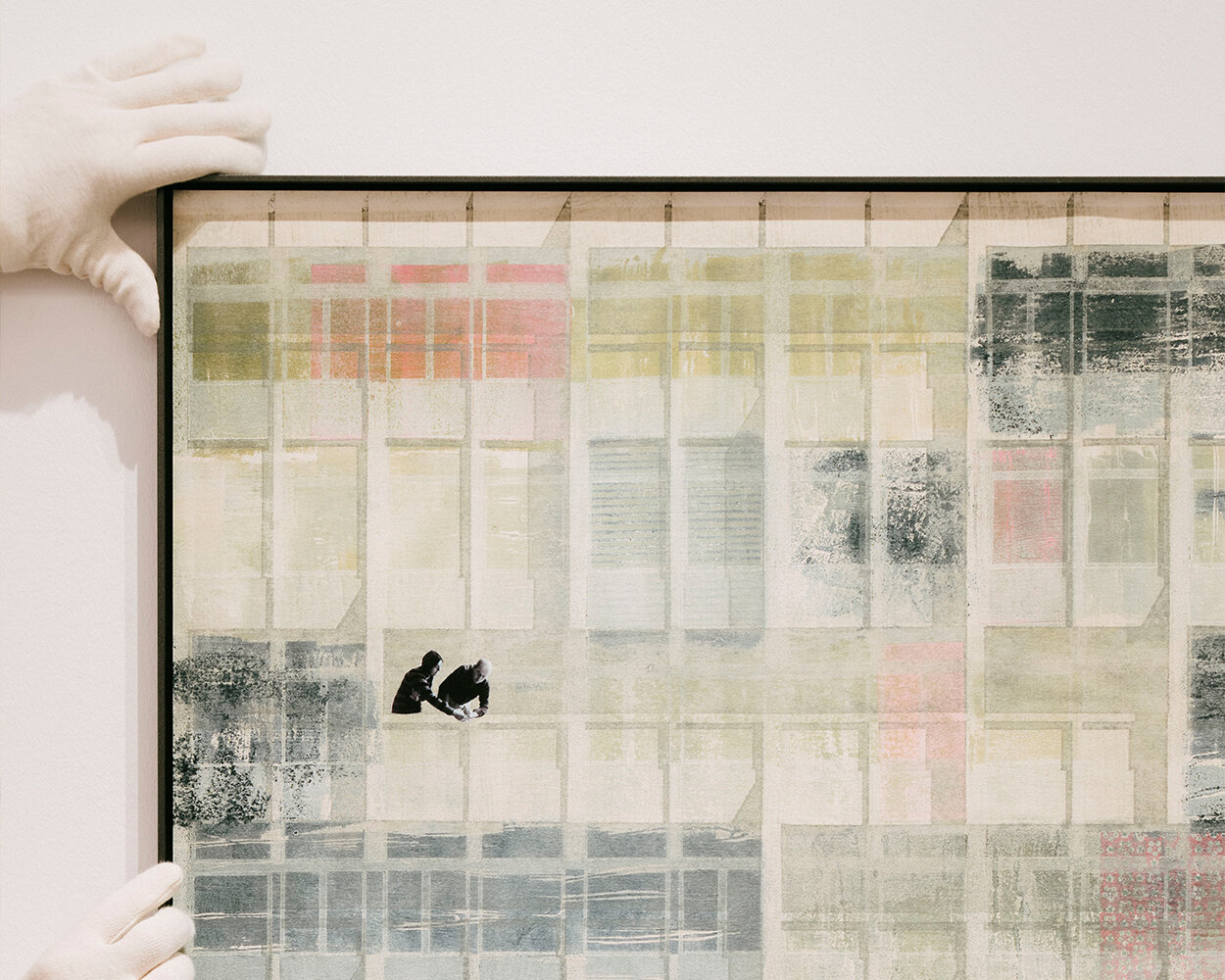Santa Catalina de Alejandría
Caravaggio (Michelangelo Merisi)
c.1598Santa Catalina de Alejandría
Biographies

Caravaggio (Michelangelo Merisi)
Caravaggio, was an Italian painter who worked in Rome, Naples, Malta and Sicily between 1593 and 1610. His painting combines a realistic observation of the human figure, both physically and emotionally, with a dramatic use of light, which exerted a decisive influence on the development of Baroque painting.
Caravaggio (Michelangelo Merisi)
| c.1598High resolution pigment ink on Cotton paper
143.5 x 110 cm
Same size as original
Next unit for sale Nº4
Open edition. Produced on demand
Certificate of authenticity included

 110 cm
143.5 cm
110 cm
143.5 cm

Caravaggio (Michelangelo Merisi)
Caravaggio, was an Italian painter who worked in Rome, Naples, Malta and Sicily between 1593 and 1610. His painting combines a realistic observation of the human figure, both physically and emotionally, with a dramatic use of light, which exerted a decisive influence on the development of Baroque painting.
Thyssen
The Thyssen-Bornemisza National Museum is a Madrid art gallery exhibiting the works of old and modern masters. It owes its existence to the lease agreement (1988) and the subsequent acquisition by the Spanish Government (1993), of the most valuable core of the private collection built over seven decades by the Thyssen-Bornemisza family.
